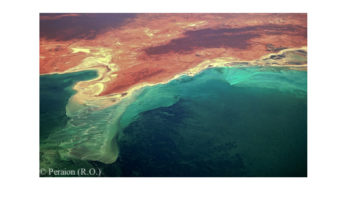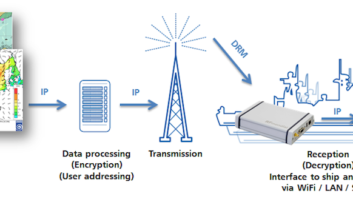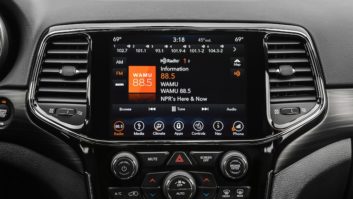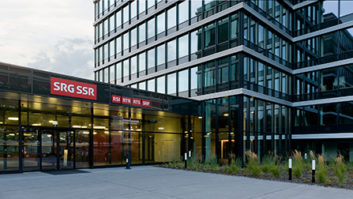The author is head of distribution for the BBC World Service.
LONDON — The BBC World Service, available on radio, TV and online, is part of one of the largest news organization in the world, the BBC.
The weekly reach of the World Service on all platforms accounted for 269 million (up from 246 million in 2015–16). Not long ago the World Service announced its biggest expansion since the 1940s, in a move designed to bring its independent journalism to millions more people around the world, including in places where media freedom is under threat. The World Service expansion includes new services in Afaan Oromo, Amharic, Gujarati, Igbo, Korean, Marathi, Pidgin, Punjabi, Serbian, Telugu, Tigrinya and Yoruba — as well as enhancing existing services in Russia, Africa and around the Arab world.

Large numbers of the BBC’s audience still need international radio broadcasts. Historically, people listened to BBC World Service in English and BBC language services through shortwave radio for an impartial news service. And the audiences remain high; last year the World Service radio audience was 154.5 million. The largest shortwave markets are West Africa, Central Africa and across South and South East Asia. Medium wave is of importance in the Arabic-speaking world and West Asia.
BENEFITS
Right from its late ’90s inception, the development of Digital Radio Mondiale was fully supported and enhanced by the BBC World Service. DRM was seen as an efficient replacement for the analog AM transmissions. When we consider scarcity of spectrum for new uses and appreciate the characteristics of the radio broadcast bands, we recognize the tremendous properties these continue to offer broadcasters to deliver programs over sometimes very large distances and areas or in difficult terrain. Digitizing these bands with a system such as DRM offers many more benefits to the audience and broadcaster.
For example, we serve one of our markets with 32 low-power FM transmitters (each with a radius of about 40 km) and about 20 percent of the country is covered. Apart from the electricity costs for these FM transmitters, there are operational costs to do with staffing, service and maintenance. In the future, one single DRM shortwave transmitter using a near-vertical incidence and a power consumption of 6 kW could offer at least two very good audio services (plus data) and 100 percent territorial coverage. Eight million households in cities and remote areas could be covered and the support costs considerably reduced.
Where medium-wave frequencies and sites exist, multi-channel (therefore multi-language, too) DRM broadcasts can be offered at improved quality, with reduced energy bills and running costs. Unlike analog, DRM allows one frequency to be used repeatedly for the same service over a large area (a single-frequency network), making more efficient use of the spectrum. DRM can transform the quality of the services on the AM bands to be clear and free of any of the interference and distortion. DRM provides text information and images, to complement programs offering thus an enhanced experience to the listener.
Recommended by ITU, DRM digital broadcasting has been proven to work excellently in the shortwave and medium-wave bands. These bands remain key for international broadcasting delivering services without constraints of local “gatekeepers,” in our case allowing millions of people access to BBC News content free of charge. The radio markets are still there, the need for good quality audio with data enhancements is there. The BBC is keen to exploit DRM in order to deliver, to key markets, BBC content free of gatekeepers in a form that can be accessed easily.
For that to be possible, the multi-standard receiver chip is required, and manufacturers must appreciate and act on this global market potential.






